

Wheel of Desire...
Wheel of Desire
by: M.L. Varadpande₹1,700.00 Original price was: ₹1,700.00.₹1,530.00Current price is: ₹1,530.00.
ISBN: 9788124610312
Year Of Publication: 2021
Edition: 1st
Pages : v,196
Bibliographic Details : Bibliography, Index
Language : English
Binding : Hardcover
Publisher: D.K. Printworld Pvt. Ltd.
Size: 26
Weight: 776
Lord Buddha, in his profound wisdom, said that for extinction of human suffering, complete annihilation of desire is the only way. This is the sacred truth of suffering.
Acarya Carvaka, equally profound in his thinking, said that life is a continuous celebration of desire. Kama (desire) and artha (wealth) are the only true goals of life. Beg, steal or borrow, but live life like a king. Enjoy life full as long as one is alive.
Who is correct? Lord Buddha or Acarya Carvaka? What is desire really meant to Indian society, religion and culture through ages?
The book tries to address these and similar questions objectively and diligently.
1.Introduction
2.The Cult of Kama
3.Religion of Pasupati
4.Celebrating Desire
5.Suppression of Desire
6.Fantasy Desire
7.Dance of Desire
8.Myth of Desire: Parakiya Love
9.Ardra: Beauty Desirable
10.Vedic Materialism
11.Wine and Desire
12.Devi: Womb of Creation
Bibliography
Index

“Wheel of Desire” Cancel reply
- Sale!Asian Aesthetic Theories and Art Forms by: Advaitavadini Kaul
₹3,800.00Original price was: ₹3,800.00.₹3,420.00Current price is: ₹3,420.00.The centuries-old exchange of ideas, knowledge systems, resources, skills and materials among the people of the Asian continent left a lasting legacy in various spheres of human experience. This was a dialogue that involved rich exchange of religious, literary, aesthetic and artistic ideas and forms across the regions of Asia. The general impressions of an art, which is spiritual and magical in character, highly charged with literary myths and legends, and presented through a seemingly improvised styles in various art forms, provide us with a clue of an understanding of the fundamental foundations of the arts in Asia.
This volume contains the papers of the panel on ‘Asian Aesthetic Theories and Art Forms’ in first two sections. This panel was a part of the international conference on “Asian Encounters: Networks of Cultural Interaction” held in New Delhi. The volume reaffirms that the Indian theory of art as a creative process and creative expression is broadly true for entire Asian theory of art and aesthetics and it opens up a pan-Asian theory of art and aesthetics.
‘Representation of Asian Art in Asian Museums’ was another panel of the conference. The volume contains three papers from that panel also and the transcript of the dialogue held on ‘Cross Cultural Frontiers in the Study of the Past’. - Sale!Ramayana Culture by: Mandakranta Bose
₹800.00Original price was: ₹800.00.₹720.00Current price is: ₹720.00.These essays, originally presented at an international conference, are in the forefront of the modern response to an ancient work that has gained a new critical and social relevance in contemporary scholarship. Approaching the Ramayana from several angles in an attempt to understand its aesthetic and ideological meaning, they examine the epic through the perspectives of textual criticism, art, architecture and film. Thereby they address critical issues such as the seminal status of Valmiki, the underlying problem of canonicity itself, the importance of other — so-called derivative — Ramayanas, the implications of gender representation, and the cultural manipulation of social ideals relating to the position of women and the idealisation of love that achieves its highest value in marriage. Using the methods of rigorous textual and historical investigation, each essay seeks not only to uncover the layers of meaning in the complex structure of the epic in its varied forms but also to situate it critically in the cultures of South and Southeast Asia.
- Sale!Bibliography on Indian Buddhist Art and Archaeology by: Utpal Chakraborty
₹1,900.00Original price was: ₹1,900.00.₹1,710.00Current price is: ₹1,710.00.The bibliography includes 4081 entries, covering published materials in English and French languages over the last two centuries. It is divided into two parts. The first part contains 2410 entries dealing with Indian Buddhist art and archaeology and Indian art in general, history, religion, some Buddhist sites outside present India with special attention given to Pakistan , etc. Entries in the second part are exclusively devoted to Indian Buddhist sites. There are 57 sites; each one is individually studied. The book gives a representative overview of what has been researched and accomplished in the field of Indian Buddhist Art and Archaeology since Wilkins’s article on Bodh-Gaya in 1788 or Thomas Daniel’s first illustration on the Kanheri caves in 1798.
- Sale!Absence of the Buddha Image in Early Buddhist Art by: Kanoko Tanaka
₹1,500.00Original price was: ₹1,500.00.₹1,350.00Current price is: ₹1,350.00.It is next to impossible today to even think of Buddhism without the presence of the Buddha image! The image of the Buddha, in truth, has not only come to symbolise the essence of Buddhism but is also a brilliant expression of the cultural/artistic achievements of the Buddhists since ancient times. Surprisingly, the Buddha image developed at a later stage of the evolutionary process; after the parinirvana of the Buddha, the Buddhists for a considerable time beheld the Buddha and experienced him in their own minds without taking recourse to the Buddha image itself. In Absence of the Buddha Image in Early Buddhist Art, Dr. Tanaka, a well-versed scholar, has for the first time ever explored the absence of the Buddha image in Buddhist art particularly in the period from third century bc to late first century ad in order to rediscover the significance of this phenomenon. Dr. Tanaka observes Bharhut and Sanchi sculptures to point out the most essential motifs and elements of stupa-art design the visible facts pertaining to the absence of the Buddha image. The author studies the religious, philosophical, artistic and political significance of the visible facts, highlighting the concept of the empty throne as the motif representative of that absence. She applies the empty throne concept to the sanctuaries of monotheistic religions, and thus undertakes a comparative study of Buddhism and other religions, particularly, Zoroastrianism, Judaism, Christianity, Islam and Sikhism to suggest that present-day discussions on the linkage between religions can centre on this theme. The dexterous handling of the topic combined with the authors use of first-hand research material makes this an erudite study. The directness in the authors approach and the unwavering eye on the theme sustains the interest throughout. An abundance of visual material, i.e., drawings and photographs, and tables immensely aid in analysis of the visible facts. This intense work on a rich theme offers well-researched and interesting material that will be useful to scholars of religious studies, fine arts and even philosophy.
- Sale!Akbar, The Aesthete by: Indu Anand
₹4,800.00Original price was: ₹4,800.00.₹4,320.00Current price is: ₹4,320.00.Mughal miniatures are a vivid account of the cultural, sociopolitical scenario of the Mughal era. Jalal-ud-Din Muhammad Akbar, the most powerful Mughal emperor, was a great aesthete and promoter of arts. Eminent Persian and Indian artists thronged his Royal Studio and were encouraged to paint numerous emotive miniatures of style and substance, communicating highly complex narratives. These miniatures are a beautiful manifestation of human expressions, vividly encapsulating moments of history for posterity.
This book combines the sources and methodology of history and art history of the Mughal era, and is an analysis of a select group of paintings of Akbar’s reign. The miniature paintings incorporate a wide variety of rich, vibrant and varied themes, ranging from durbar scenes, depicting Akbar in different moods and forms, the princes and nobles in their finery, hunting and battle scenes, elaborate scenes of royal births, construction scenes, ascetics, common man, and countryside scenes, to the flora and fauna. Individual analyses of these miniatures, shows the manner of their composition and the inherent value of their sociocultural content in a lively manner. These paintings became a passion and a diversion for Akbar, who had an innate aesthetic sense.
However, there are hardly any true-to-life paintings of women of the royal seraglio. This book thus attempts to cover some images of femininity, whether it is of Queen Alanquwa, Akbar’s mother, or of Madonna as sacred mothers, and women, per se, in different roles. These miniatures make one wonder how much these women contributed to the life of Mughal India.
This unique volume, having given transliteration and translation of the original Persian text of the miniatures, provides an insight into Akbar as an aesthete, and will help academics and laymen alike in appreciating the beauty and history of Akbar’s period.



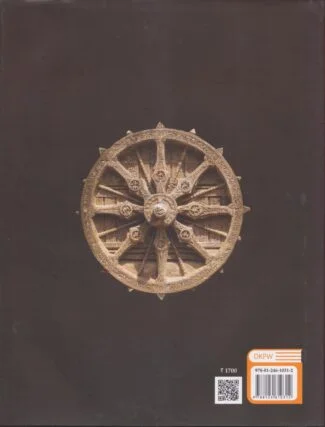
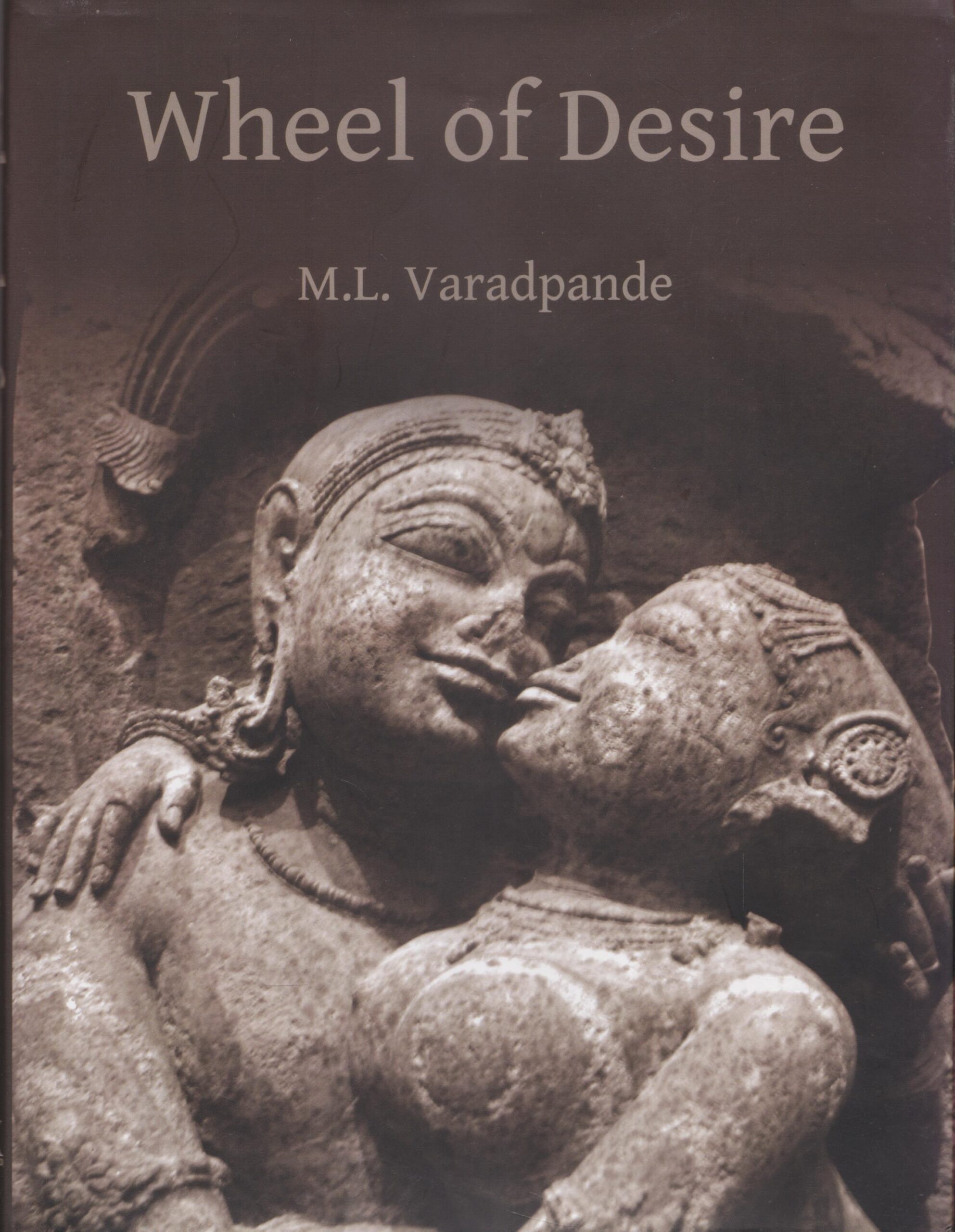
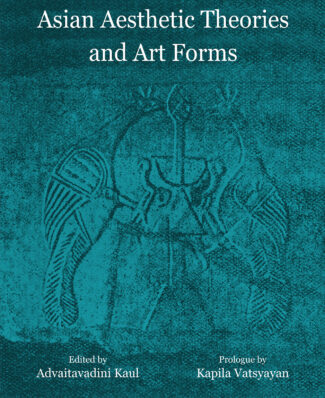
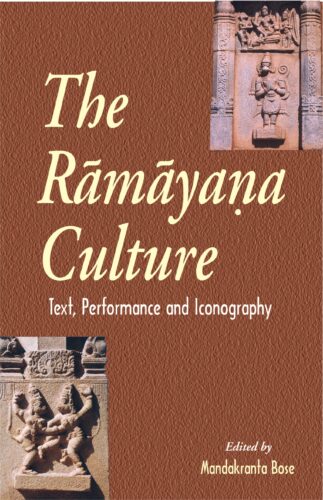
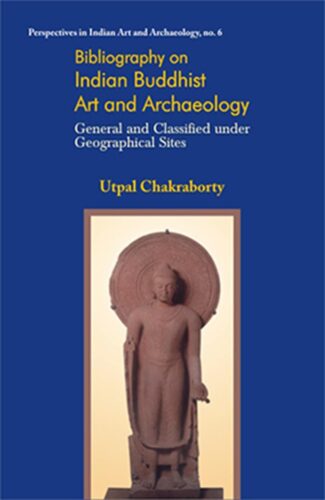
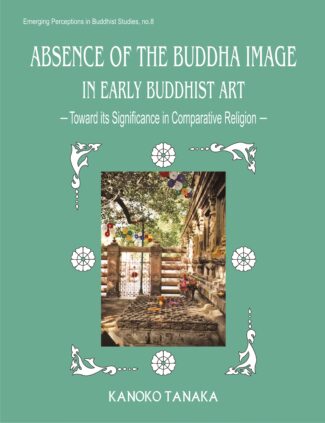
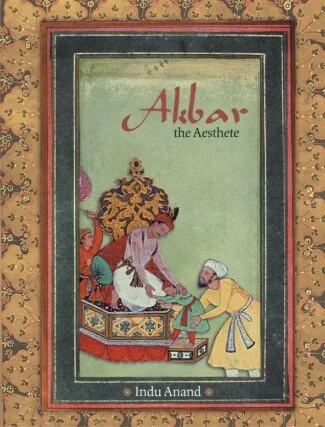
There are no reviews yet.